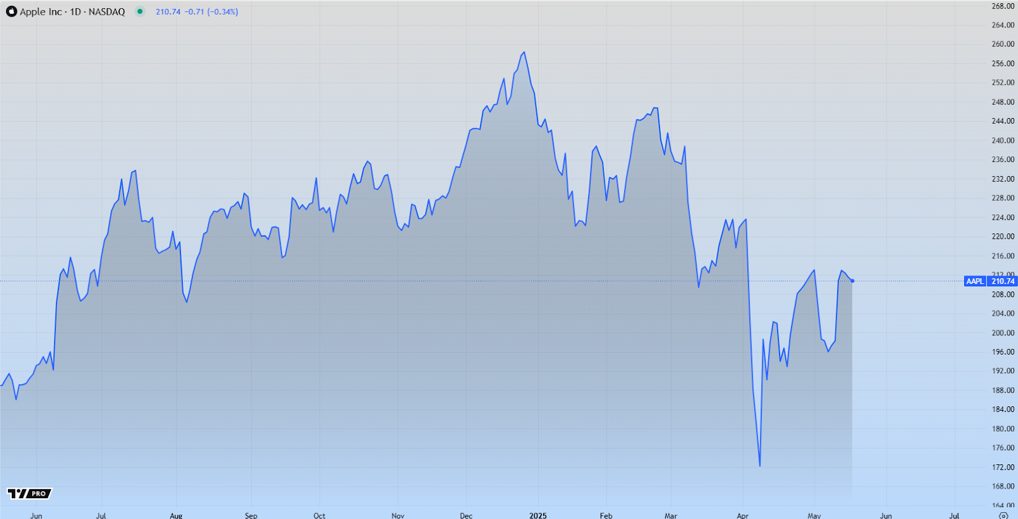Over the past decade or so, there has been a significant increase in the use of the Cloud (both professionally and personally). In fact, the estimated market value of the public cloud computing market is now in excess of $260billion.
The Coronavirus pandemic has greatly increased reliance on a number of cloud-based platforms that have enabled vast numbers of workers to work remotely (often for the first time). Office365 and G Suite, in particular, has seen a huge surge in user numbers.
One thing that is perhaps sometimes overlooked is the cloud’s ability to connect users to their usual desktop layout. This makes remote-working far less alien. Remote hosted desktops can essentially put everything in the cloud and that also brings its own considerable advantages.

Advantages of Remote Desktops
- Central administration – this means that you always get the latest version of the software whenever you log on, with no need for you to run manual updates. For administrators, this makes it easier to distribute processing and storage resources amongst users according to individual demand.
- Only temporary – remote desktops do not ‘live’ on a local computer or device and are effectively wiped after each session is ended. From a security perspective, this is helpful because it means that any malware that may have been inadvertently downloaded will have a reduced chance of attacking the system.
- Cost savings – because you will only need to pay for the resources that you are actually using, you can make savings in areas such as software licences. Most providers will charge on a per user subscription basis and monthly charges will also cover maintenance costs. You may also be able to save on staffing costs as there is a reduced need for in-house ICT specialists to run/maintain such a system.
- Service provider support – remote systems will be continually monitored by the provider, meaning that any issues that arise are caught before they become major problems. Most service providers will also regularly back up everything for you (remotely), so if a major problem does occur, you will be able to recover back to the previous stable version. If a user makes a change to their system by mistake, it is easy to get things back to how they were.
- Easy to adapt/tailor – most remote desktop systems can be adapted to suit the needs of your business. You can decide which screens each user can see – so it can be tailored to their job role or everyone can see the same if that is more appropriate.
- Flexible/scalable – because these services are on a per-user basis, it is fairly simple to add extra users if your businesses grows – or to remove them if you need to streamline.
- Stronger security – cloud service providers tend to store all data in dedicated data centres. These centres will have iron-clad protection systems for keeping data secure; systems that most businesses just couldn’t afford or be able to implement themselves. Cloud service providers will have an infrastructure that is constantly monitored, updated and improved. This requires highly competent experts. You can also centralise security including taking charge of password management and implementing multi-factor authentication.
Remote desktops can even be used in a hot-desking environment because employees can work from any location and access their familiar desktop just by signing in. Employees can also access their remote desktop from their own devices, ensuring they get the same setup no matter where they log in or on what device. Learn more about Hosted Virtual Desktop and features of Cloud Desktop Service from Apps4Rent.
Disadvantages of Remote Desktops
As with anything, there are a few potential downsides. The main one is that because it is all cloud-based, you can only access it if you have an Internet connection. However, in this day and age, this shouldn’t really be much of an issue as most places have 3G infrastructure at a minimum and Wi-Fi dongles can also be used if needed. In a similar vein, not all service providers can guarantee 100% uptime and this can potentially leave the entire network inaccessible.

Depending upon the power and speed of the service provider’s system, and how many other users/organisations are trying to access it at any given time, it is possible that bottlenecks can occur which can affect performance. This is usually because the server is being shared. A dedicated server can combat this problem.
Some applications that use video and sound sometimes struggle when used within a remote desktop setting – this is usually due to bandwidth issues or server overloads.
In summary, remote desktops systems are a lesser-known element of cloud-based systems that can help businesses improve efficiency, reduce costs, and offer greater flexibility.





